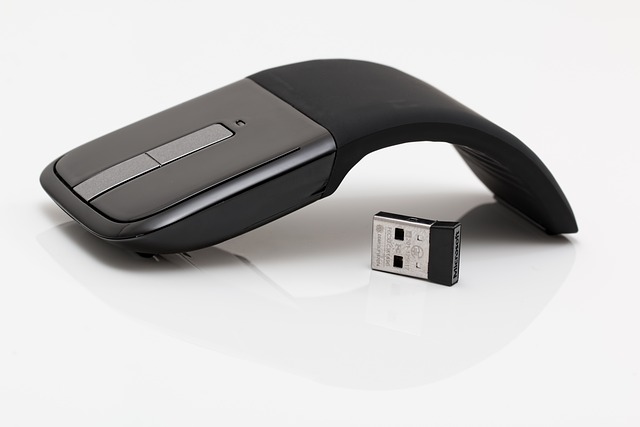Commercial mouse control is evolving towards eco-friendly alternatives due to consumer awareness and regulations, shifting from toxic chemicals to natural repellents, habitat modification, and non-lethal traps. This trend supports ecosystem health, offers long-term cost savings, and enhances brand reputation while providing effective pest management through strategies like peppermint oil, ultrasonic devices, and integrated pest management (IPM).
“In today’s eco-conscious world, understanding effective yet sustainable methods for commercial mouse control is paramount. This article navigates the landscape of rodent management, focusing on eco-friendly alternatives to traditional practices. We explore green solutions and their implementation across diverse environments, from urban settings to agricultural areas. Delve into long-term strategies that revolutionize mouse control, ensuring a harmonious balance between business operations and environmental preservation.”
Understanding Commercial Mouse Control: The Eco-Friendly Approach
Commercial mouse control has traditionally relied on toxic chemicals, raising significant environmental and health concerns. These methods not only pose risks to non-target species like birds and beneficial insects but also create internal challenges for businesses aiming to maintain a safe and healthy workplace. The eco-friendly approach to commercial mouse control focuses on sustainable alternatives that minimize ecological impact while effectively managing rodent populations. By employing natural repellents, habitat modification, and non-lethal traps, businesses can now address mouse infestations without leaving behind harmful residues.
This shift towards greener methods is driven by increasing consumer awareness of environmental issues and stricter regulatory frameworks. Eco-friendly commercial mouse control strategies not only contribute to a healthier ecosystem but also offer long-term cost savings and improved brand reputation. As such, many businesses are now adopting innovative solutions that balance effective rodent management with environmental responsibility.
Traditional Methods vs. Green Alternatives
In the realm of commercial mouse control, traditional methods often rely on toxic chemicals and traps, which can pose significant risks to both human health and the environment. These conventional practices may be effective in the short term but can lead to long-lasting ecological damage and the potential for resistance in pest populations. As such, there’s a growing shift towards eco-friendly alternatives that offer safer and more sustainable solutions.
Green alternatives to commercial mouse control focus on non-toxic, environmentally friendly methods like habitat modification, sanitation improvements, and the use of natural predators or repellents. These approaches not only minimize ecological harm but also promote a healthier balance within ecosystems. By adopting these innovative strategies, businesses can effectively manage mouse populations while upholding their commitment to sustainability and environmental stewardship.
Implementing Eco-Friendly Solutions in Different Environments
Implementing eco-friendly solutions for commercial mouse control is a sustainable approach that many businesses are adopting to maintain healthy environments while keeping pests at bay. These methods cater to various settings, from warehouses and offices to outdoor areas, ensuring minimal impact on ecosystems. For indoor spaces, natural repellents like peppermint oil or specific plant species known for their scent deterrents can be strategically placed to keep mice away without harmful chemicals.
In outdoor environments, trapping is a popular eco-friendly method. Using live traps allows for the safe capture and relocation of mice, reducing the need for toxic baits. Additionally, maintaining clean spaces, securing trash bins with tight-fitting lids, and blocking entry points can significantly deter mice, making these measures an effective part of any commercial pest management strategy.
Long-Term Strategies for Sustainable Mouse Management
Long-term strategies for sustainable mouse management are essential in both residential and commercial mouse control scenarios. Instead of relying on toxic chemicals, many experts advocate for integrated pest management (IPM) approaches that combine multiple non-lethal methods. This involves regularly inspecting properties for potential entry points, maintaining cleanliness, and employing physical barriers like steel wool or mesh to seal gaps.
Additionally, natural repellents such as peppermint oil, diatomaceous earth, or ultrasonic devices can be effective deterrents without harming wildlife or pets. Encouraging natural predators like owls, cats, or certain birds can also help keep mouse populations in check. These strategies not only promote a safer environment but also contribute to the overall sustainability and eco-friendliness of long-term mouse control solutions.
In conclusion, embracing eco-friendly methods for commercial mouse control is a sustainable and responsible approach. By understanding traditional techniques and their environmental impacts, we can effectively transition to greener alternatives. Implementing these solutions across various environments not only minimizes harm to wildlife but also contributes to long-term pest management strategies. Adopting sustainable practices ensures a safer, more harmonious coexistence between humans and nature.
